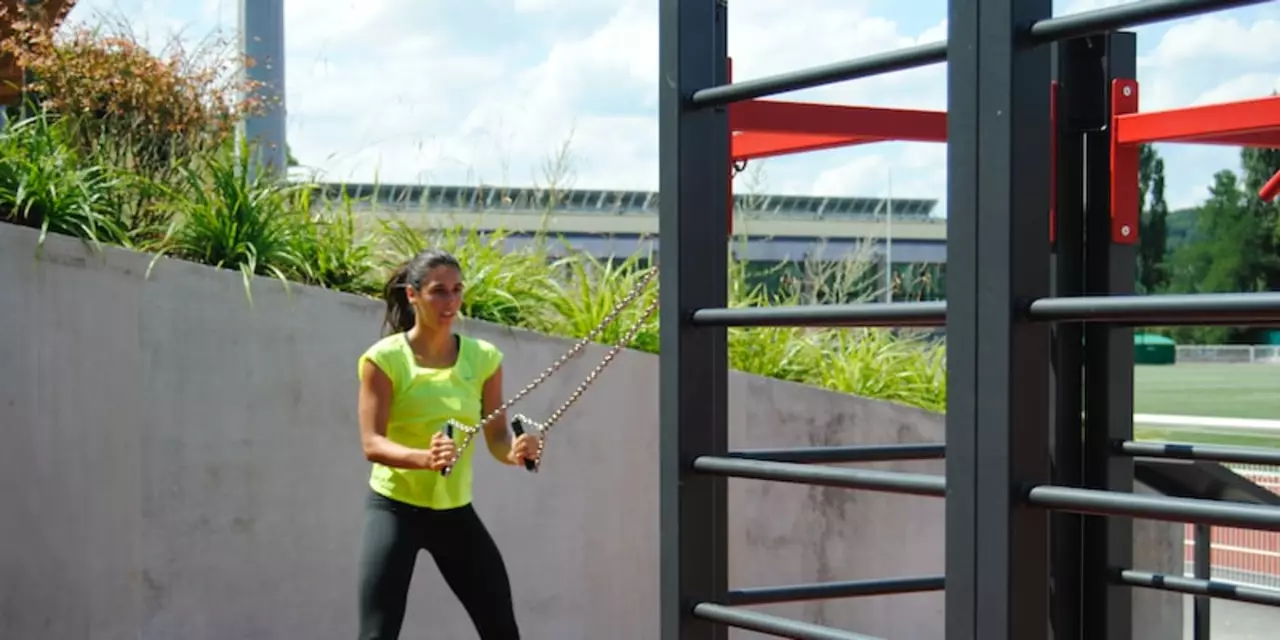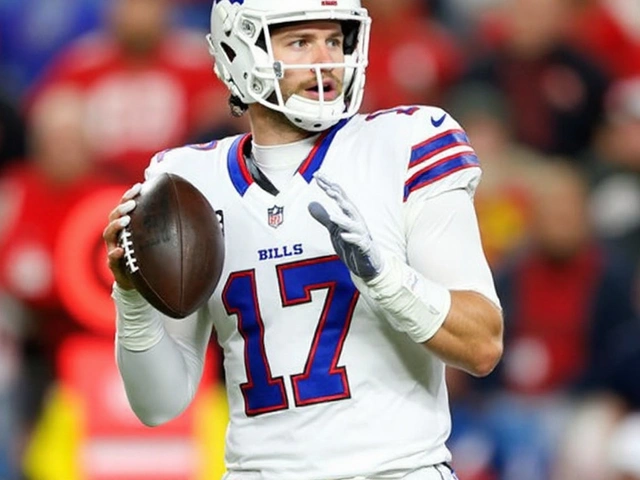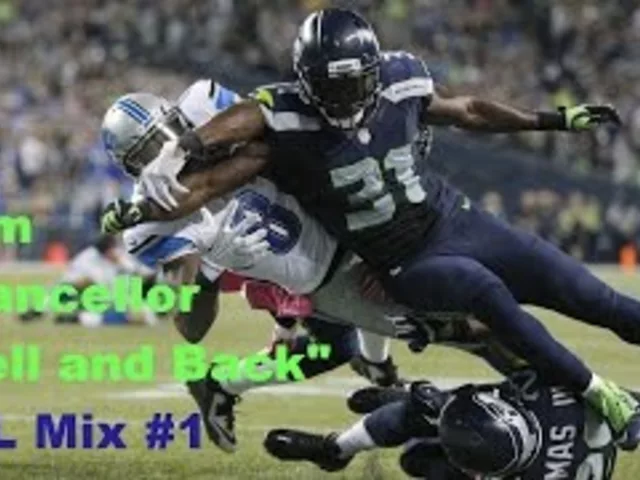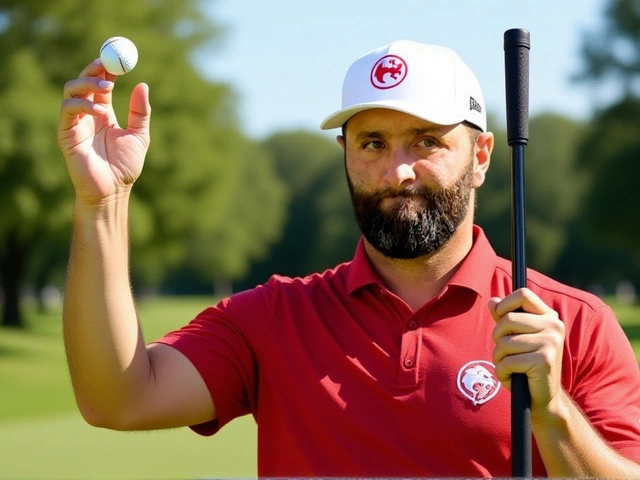Sports Teams/Clubs with Purple Colors
When you hear Sports Teams/Clubs with Purple Colors, a group of athletic organizations that adopt purple as a primary or accent hue for their uniforms and branding, you instantly picture bold jerseys and proud fans. Purple isn’t just eye‑catching; it signals power, royalty, and creativity on the field. Below we’ll unpack how that shade shapes identity, drives sales, and even influences game day atmosphere.
Why Purple Stands Out in Sports
First, purple color, a blend of red and blue that often conveys luxury and confidence works like a visual shortcut for excitement. Teams that choose it—whether they’re a pro franchise or a small college squad—gain instant differentiation. The hue also taps into color psychology: studies show purple can boost perceived creativity and calm competitive nerves, which is why coaches love it for home‑court advantage.
Next, think about team branding, the collection of visual and verbal elements that define a sports organization’s public face. Branding demands a standout color palette, and purple delivers a memorable hook. From logos to stadium lighting, every touchpoint reinforces a single story—one that fans can rally around without doubt.
That story fuels fan identity, the personal connection supporters feel toward a team, expressed through apparel, chants, and social media. When fans wear purple merch, they’re not just showing team loyalty; they’re signaling belonging to a community that values boldness. This sense of belonging often translates into higher ticket sales and louder arenas.
College athletics embraces the trend too. Many universities—think LSU, Northwestern, and the University of Central Arkansas—pick purple to stand out in crowded conferences. In the same way, purple sports teams in the NCAA create a visual brand that helps recruits remember them during the busy scouting season.
On the professional side, leagues like the NFL, NBA, and MLB feature clubs that have made purple a signature. The Minnesota Vikings, Los Angeles Lakers, and Washington Nationals each use the shade to carve a niche in a market flooded with reds and blues. Their success shows that purple can thrive at the highest competition levels.
From a business perspective, the color boosts merchandise sales, the revenue generated by selling team apparel, accessories, and collectibles. Retail data indicates that purple‑themed items often out‑sell neutral colors during playoff runs, proving that fans are eager to wear the hue that represents winning moments.
Historically, the adoption of purple dates back to the early 20th century when teams sought a regal alternative to the common black‑and‑white stripes. Over time, the shade migrated from elite clubs to grassroots teams, proving its versatility across budget levels and sport types.
Beyond aesthetics, the psychology of color, how different hues affect human perception and behavior explains why opponents sometimes feel intimidated by a purple‑clad lineup. The subtle blend of aggression (red) and calm (blue) can create a unique mental edge that coaches deliberately exploit.
Globally, you’ll find purple on soccer kits in Europe, basketball jerseys in South America, and cricket uniforms in Asia. Each region adapts the shade to local culture, yet the core idea stays the same: a bold visual cue that unites players and fans alike.
Now that you know how purple shapes team identity, branding, and revenue, scroll down to explore specific clubs, their histories, and the ways they use the color to stand out on and off the field. You’ll see real examples, from legendary pro franchises to rising college programs, all united by the power of purple.
Are there sports teams/clubs which wear purples as their colors?
Purple is a unique and vibrant color which is often used by sports teams and clubs as part of their identity. There are many teams and clubs out there that have chosen to wear purple as their colors, such as the Minnesota Vikings and the Los Angeles Lakers. Other examples include the Washington Nationals, the Houston Astros, and the Toronto Raptors. In addition to these, there are also several college sports teams which have adopted purple as their colors, such as the LSU Tigers and the University of North Carolina Tar Heels. Overall, there are many teams and clubs out there which have chosen purple as their colors and use it to show their team pride.





